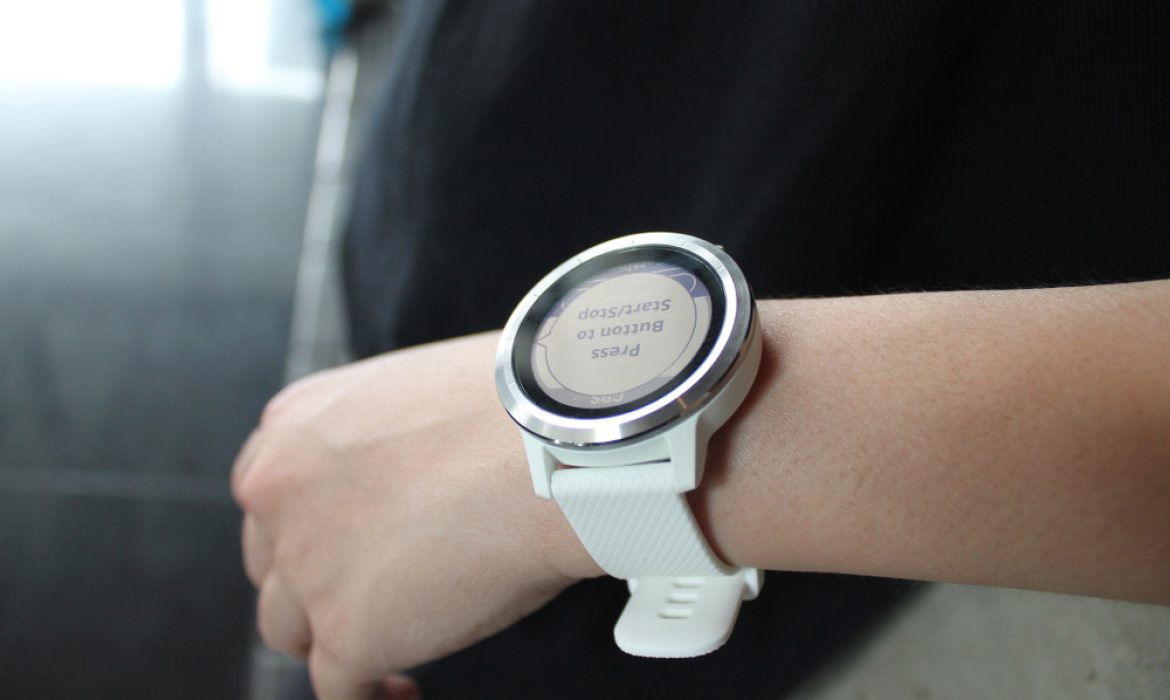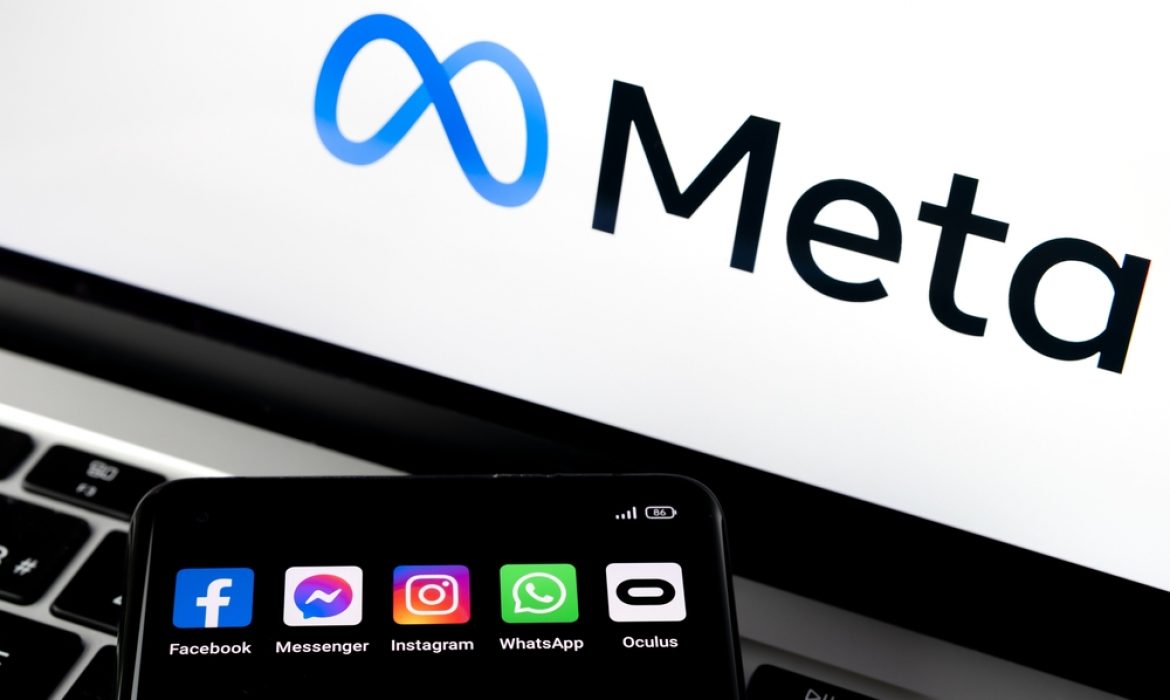Samsung Unveils Galaxy Watch6 and Watch6 Classic: A New Era of Smartwatches Begins
In a spectacular reveal, Samsung has introduced the Galaxy Watch6 and Watch6 Classic, setting a new standard in the world of smartwatches. These two models mark a significant departure from the previous generation, boasting larger screens within the same dimensions and a triumphant return of the beloved rotating bezel in the Classic variant.
Galaxy Watch6: A Bold Leap Forward
The Galaxy Watch6 dazzles with a 20% larger screen compared to its predecessor, the Watch5. This translates to a 30% reduction in bezel thickness, resulting in a sleeker, more immersive look. The display shines brighter than ever, reaching a peak brightness of 2000 nits, ensuring optimal visibility even in outdoor settings. Samsung has also innovated a one-touch strap replacement mechanism and introduced a complimentary fabric strap during the pre-order period, enhancing both style and comfort.
The Classic’s Return: Nostalgia Meets Innovation
The Watch6 Classic, making a triumphant return, delights users with its iconic rotating bezel, a feature sorely missed in the previous generation. The Classic variant also boasts a 20% larger display and a 15% thinner bezel due to the innovative rotating mechanism. Like its counterpart, the Classic dazzles with a 2000-nit display and introduces a novel strap changing mechanism, ensuring both elegance and practicality.
Revolutionary Health and Fitness Features
Beyond aesthetics, the Watch6 series introduces cutting-edge health and fitness capabilities, redefining what a smartwatch can do. New features include Sleep Score Factors, providing comprehensive insights into sleep quality, personalized heart rate zones for optimal running intensity, and advanced menstrual cycle tracking with nightly temperature measurements. The devices also come equipped with fall detection and notifications for irregular heart rhythms, ensuring users’ well-being is always a priority.
Powerful Specifications for Seamless Performance
Under the hood, the Watch6 and Watch6 Classic are powered by a robust 1.4GHz Dual-Core Exynos W930 processor, ensuring lightning-fast performance. With 2GB of RAM and 16GB of internal storage, these smartwatches handle tasks with ease. The devices are compatible with Android 10 or higher, requiring 1.5GB of memory.
Pre-order and Pricing Details
Excitement is building as pre-orders for the Galaxy Watch6 and Watch6 Classic opened on July 26, with direct sales launching on August 11. As a special offer, Samsung is including a complimentary fabric strap with pre-orders, enhancing the devices’ style and comfort. The Galaxy Watch6 starts at $320 for the Bluetooth version and $377 for the LTE variant. The Watch6 Classic is available from $415 for the Bluetooth model and $500 for the LTE version.
With these innovative offerings, Samsung has not just unveiled smartwatches; it has introduced a new era of wearable technology, where style meets substance and innovation transforms the way we interact with our devices. The Galaxy Watch6 series is poised to redefine the smartwatch landscape, promising users an unparalleled experience that seamlessly blends fashion, functionality, and fitness.
Meta’s Quarterly Financial Report Reveals Impressive Growth, Except for VR and AR Division
Meta, the social media behemoth formerly known as Facebook, has released its quarterly financial report, and the numbers are impressive across most divisions. However, there is one notable exception – the virtual and augmented reality division is experiencing significant challenges.
Let’s start with the positive news. Meta’s user base continues to expand, with Daily Active Users (DAP) reaching an average of 3.07 billion in June 2023, up 7% from the same period last year. The Monthly Active Users (MAP) also saw a 6% increase, totaling 3.88 billion. The Facebook platform, a flagship product of Meta, enjoyed a boost in Daily Users (DAUs) with 2.06 billion users, up 6%. The Monthly Users (MAUs) for Facebook reached 3.03 billion, a 3% increase.
The advertising segment witnessed significant activity, with ad impressions across all Meta divisions rising by an impressive 34%. However, the average ad price experienced a 16% decrease. Despite this, revenues surged to $32.0 billion, up 11% compared to the previous year. On a constant currency basis, revenues climbed by an impressive 12%.
While the financials look promising overall, there are some areas of concern. Costs and expenses increased to $22.61 billion, a 10% rise from last year. Notably, this includes accrued legal expenses of $1.87 billion and restructuring charges of $780 million during the second quarter of 2023. Investment expenses, including principal payments on finance leases, totaled $6.35 billion.
The company engaged in share repurchases, acquiring $793 million of Class A common stock, indicating confidence in its own growth and potential. Meta had an impressive $53.45 billion in Cash, Cash Equivalents, and Marketable Securities as of June 30, 2023, while Free Cash Flow reached $10.96 billion.
However, headcount declined by 14% from last year, with 71,469 employees. Notably, nearly half of the employees laid off in 2023 are still included in this count as of June 30, 2023.
The growth in Facebook’s daily users is noteworthy, with an increase of 30 million users compared not to last year but to the previous quarter. This is significant because Facebook experienced a decline in audience during the last quarter of 2021.
Mark Zuckerberg, the CEO of Meta, attributed part of the growth to Reels, a short video service akin to TikTok and YouTube Shorts. Impressively, Reels garners approximately 200 billion daily plays.
Despite these successes, Meta’s virtual and augmented reality division, known as Reality Labs, is facing considerable challenges. The division recorded an operating loss of $3.7 billion in the reporting quarter, and it seems to be a persisting issue. The division brought in $276 million from April through June, slightly less than the $339 million in the previous quarter. Last year, Reality Labs suffered losses of $13.9 billion, with an additional $3.99 billion in the first quarter of 2023. Cumulatively, the division’s losses since the beginning of 2022 amount to a staggering $21.3 billion.
As Meta continues to navigate the ever-evolving tech landscape, it remains to be seen how the company will address the challenges in its virtual and augmented reality division while capitalizing on its successes in other areas. The company’s strong financial position and massive user base provide a solid foundation, but tackling the reality division’s issues will be crucial for sustaining growth and success in the future.



